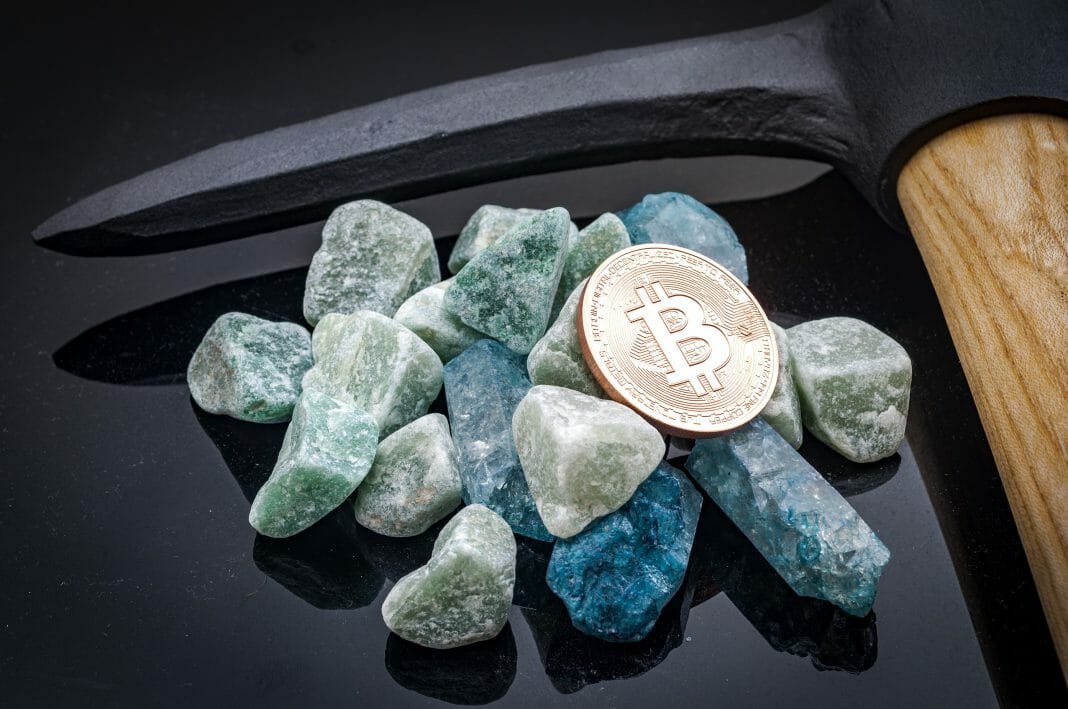The second phase of the merger to the new network is coming, and it will no longer need miners.
The first update of the Ethereum 2.0 Beacon Chain network, called Altair, has a release date. This update would arrive on October 27, 2021, at the time 74240 of the network.
All the details regarding this event will get published on October 4, and it will be possible to start the update in the nodes from this date.
The developer Danny Ryan highlighted on the Ethereum blog, that Altair will be the first update to the Beacon Chain mainnet, the first of at least 64 shards that will be part (at least initially) of the Ethereum 2.0 blockchain.
This update is part of phase 1 to consolidate the fragments that will later enter the main blockchain.
According to that release, Altair brings light-client support to kernel consensus, cleans up beacon state incentive accounting, fixes various issues with validator incentives, and boosts the increase of punitive parameters under EIP-2982.
Regarding the latter, the validators that will lead the processing of the networks will receive punishment if they carry out malicious activities or if they enter into an inactive phase for a long time.
According to Ryan, the scheduled time for the new update is 10:56:23 a.m. Precisely, one of the great benefits of the proof of stake is that users can specify the times of the updates.
Ethereum Mining is a few steps closer to the End of its days
Beyond the details about the Altair update, the quoted text highlights the author’s celebration on the possible end of the proof of work at the network’s hands.
The end of mining might be one of the first changes that the move to Ethereum 2.0 will entail. Phase 0 or Serenity began on December 1, 2020, when the genesis block of the Beacon Chain met its creation.
This parallel chain intends to keep recording data while the stages complete the transition from the first Ethereum network to the new consensus, Ethereum 2.0.
Once the transitions take effect, the disruption in the registration of the data in the blockchain gets avoided. On the other hand, the tests pave the way for the transition of said information to the first network.
Once the Altair upgrade achieves its completion, Ethereum takes a further step towards fusing with Beacon Chain, which will end the proof of work (that is, mining) to validate transactions on the network.
The proof of stake or proof-of-stake will replace this proof of work once the move to Ethereum 2.0 reaches its completion.
In addition to the proof of stake to validate transactions, the other vital change from Ethereum 2.0 will be the use of shard chains. These shard chains are divisions in the Ethereum blockchain that will grant the processing of transactions in parallel as if they were a lot of lanes on a highway.
By: Jenson Nuñez











